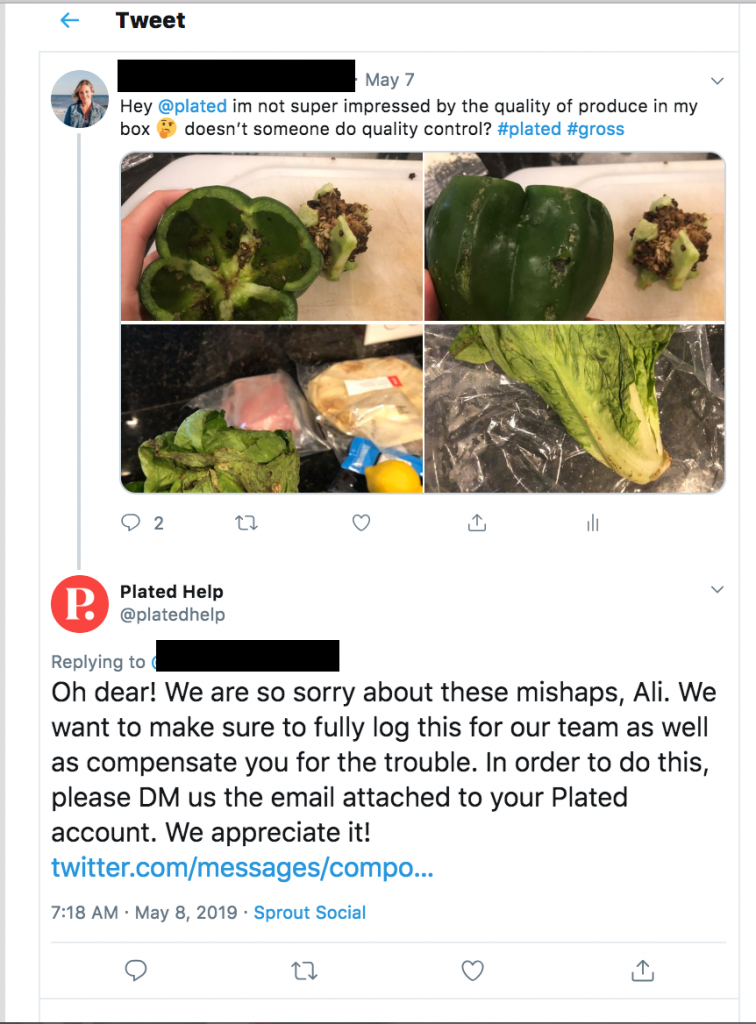Good customer service is the foundation for any business; if your customers aren’t happy, it doesn’t matter how great your product is- they’re not going to buy it. It can be challenging to provide great customer service, especially for smaller businesses who don’t have a large team of people devoted to one department or an equally large budget. Thankfully, technology has come a long way in helping business to provide the service that customers expect; the following are 7 ways your business can use technology to provide better customer service and enhance the user experience.
1. Make sure your website is optimized for mobile
Customers want immediate gratification, and they’re used to having the world at their fingertips. If your website isn’t optimized for mobile then chances are customers aren’t going to take the time to try to navigate it, and they’re even less likely to wait to go home and browse your site on a desktop. Consumers spend over 5 hours a day on a mobile device, and up to 70% of web traffic happens via mobile. With stats like these, your business can’t afford to not be mobile-optimized.
2. Respond to customer inquiries and complaints on social media.
Communication is an essential part of good customer service, and consumers nowadays are feeling more and more empowered by the use of technology, particularly social media. They’re using social media platforms because they want to be heard, and your business needs to show that it’s listening. Use social media platforms to connect with your audience on a deeper level; respond to their tweets, thank them for sharing your Facebook posts, and encourage them to interact with you online. People love it when they feel like a business has a heart, and a face, and isn’t just a robot. Use social media to show them your brand’s personality.
3. Always be available.
Again, in the digital age consumers want what they want and they want it now. There’s no such thing as a 9-5 customer support hours anymore; if a consumer needs to get in touch with someone from a brand in the middle of the night, they want the ability to do so. Thanks to advances in technology like live chat, that’s now possible. Automate parts of your customer service department so that consumers can live chat a representative any time of day; it will make them happy to have access to you all the time, and by using automation it will save your business time and money (not to mention you won’t end up being a slave to customer complaints.)
4. Create an extensive FAQ page with helpful solutions to problems.
Before a consumer consults with live chat, they often look for a website’s FAQ page. If you take the time to develop an extensive page with a large variety of questions and solutions, you’ll save your communications department time and you’ll pacify your audience. If a customer can find an answer to their question quickly without having to take the time to live chat a robot or call a customer representative, they’ll be much happier. So while it might take some time to develop a good FAQ page, it will save you time in the long run. And once it’s completed, put it somewhere visible on your site; don’t make the customers search for it.
5. Utilize a unified communication system.
Nothing is more frustrating than when you talk to a customer service representative online, and then follow up with someone different via email or on the phone only to find out that they’re not familiar with your inquiry. Your business needs to be using a unified communication platform that makes it easy for employees to keep track of customer inquiries so the consumer always feels like you know who they are and what their concern is. For bigger companies it’s just not realistic that the same customer service rep will always communicate with the same customers, so use technology to ensure everyone is on the same page. Workplace by Facebook, Slack, and Fuze are all popular programs that can simplify communication for your business.
6. Collect data from customers and analyze it to determine their preferences.
There are countless ways to collect data on your customers, and some will say data collection is the foundation of a good marketing strategy. Without it, you’re just making guesses and hoping that you’re reaching your target audience. Whether you directly ask your customers about their preferences, or you indirectly track their behavior on your website and/or on social media, data is essential to improving the customer experience. Make it easy on yourself and use artificial intelligence to analyze the large amounts of data you’re likely to end up with, and then use it to better understand your customers and meet their demands. They’ll thank you for it, I promise.
7. Use the web to make payments and refunds seamless.
People no longer carry huge amounts of cash to the store to make a purchase; in fact, people hardly even go to brick and mortar locations anymore. According to Adweek, “the top 500 retailers generated nearly $6.5 billion from social shopping in 2017”, and “by 2021, mobile is predicted to dominate online sales, driving 54% (or $659 billion) in sales.” There are countless ways for customers to pay for items online, and for businesses to offer returns. From Shopify to Apple Pay and Paypal, your business needs to accept as many forms of communication as possible. Brands are even beginning to save customer payment information to make purchasing even easier.
ZDNet predicts that technologies like augmented reality, two-way video, virtual assistants and connected devices will be the future of customer service. How are you using technology to improve your customer communications? Comment in the section below!
feature image credit: salesforce.com
image 1: taken from author’s twitter account
image 2: chevy.com
image 3: zappos.com
image 4: shopify.com
image 5: paypal.com






